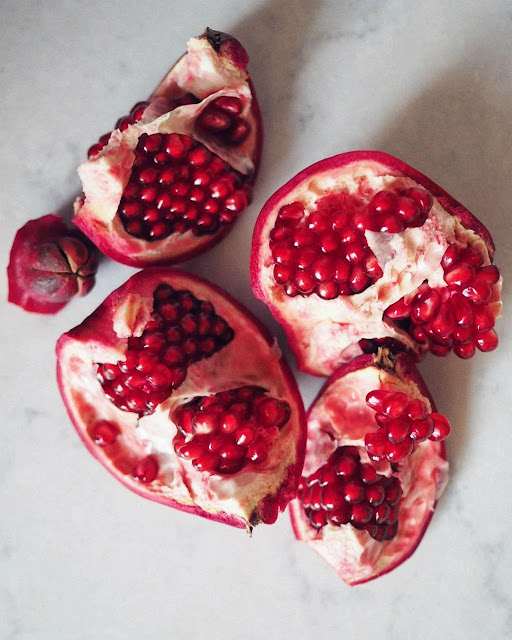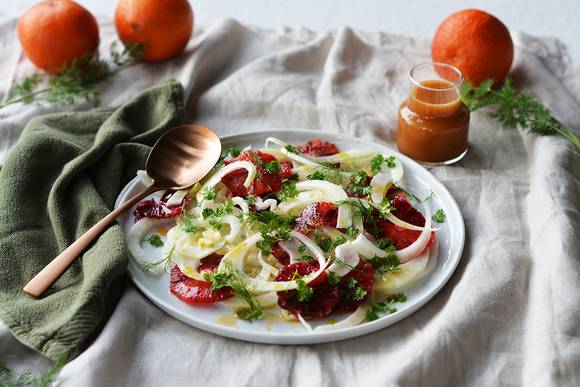With thanks to our farmers for being our amazing produce providers
and to acknowledge the unique challenges they face in doing so.
 |
| Dry clay bed |
Recurrent natural cycle of droughts, floods and bushfires in rural Australia in the early 20th Century as seen through the eyes of ‘Hanrahan’, a pessimist farmer of Irish descent.
SAID HANRAHAN (Abridged version)
"We’ll all be rooned,” said Hanrahan,
In accents most forlorn,
Outside the church, ere Mass began,
One frosty Sunday morn.
The congregation stood about,
Coat-collars to the ears,
And talked of stock, and crops, and drought
As it had done for years.
“It’s lookin’ crook,” said Daniel Croke;
“Bedad, it’s cruke, me lad,
For never since the banks went broke
Has seasons been so bad.”…
And so around the chorus ran
“It’s keepin’ dry, no doubt.”
We’ll all be rooned,” said Hanrahan,
“Before the year is out.”…
In God’s good time down came the rain;
And all the afternoon
On iron roof and window-pane
It drummed a homely tune…
It pelted, pelted all day long,
A-singing at its work,
Till every heart took up the song
Way out to Back-o’Bourke.
And every creek a banker ran,
And dams filled overtop;
“We’ll all be rooned,” said Hanrahan,
“If this rain doesn’t stop.”…
And stop it did, in God’s good time;
And spring came in to fold
A mantle o’er the hills sublime
Of green and pink and gold.
And days went by on dancing feet,
With harvest-hopes immense,
And laughing eyes beheld the wheat
Nid-nodding o’er the fence.
And, oh, the smiles on every face,
As happy lad and lass
Through grass knee-deep on Casey’s place
Went riding down to Mass.
While round the church in clothes genteel
Discoursed the men of mark,
And each man squatted on his heel,
And chewed his piece of bark.
“There’ll be bush-fires for sure, me man,
There will, without a doubt;
We’ll all be rooned,” said Hanrahan,
“Before the year is out.”
John O’Brian 1919
Extract from 'Alfreshco - foreshore flavour'
Eat Talk Share
WITH THANKS TO
The ‘produce providers’of yesterday and today,
and innovators who have refreshed
the Australian cuisine.
Without Great Produce, There Can’t Be Great Food.




























